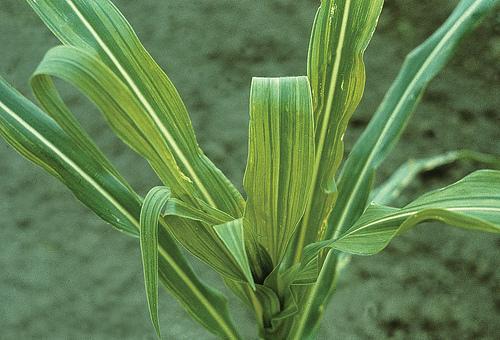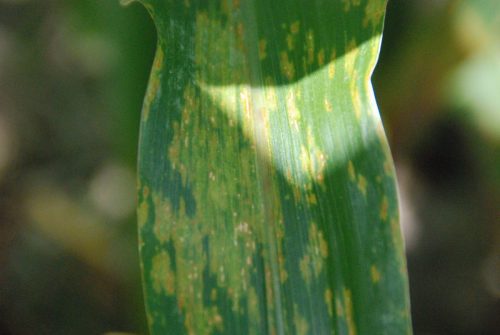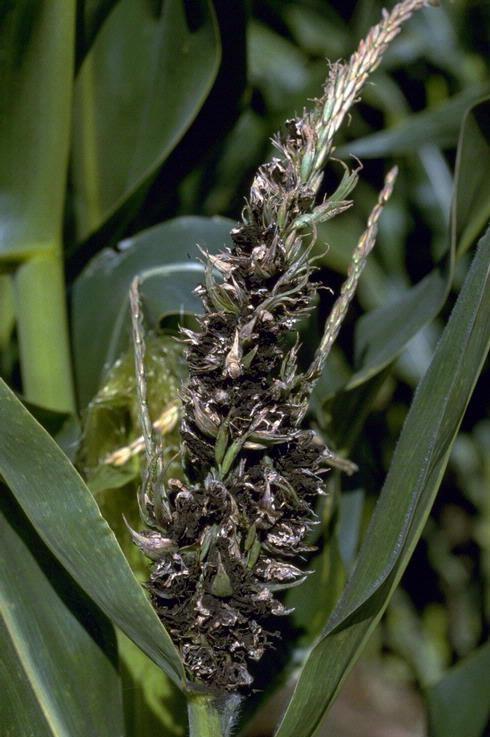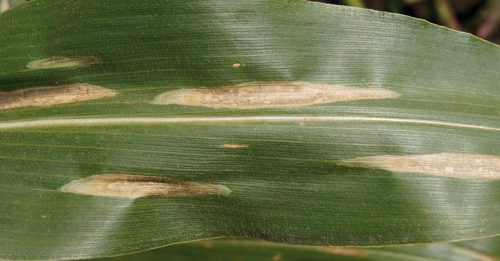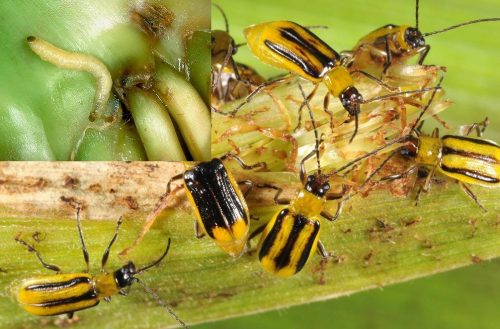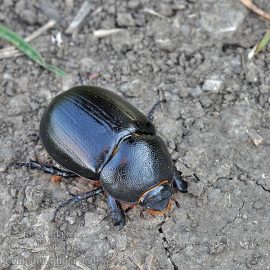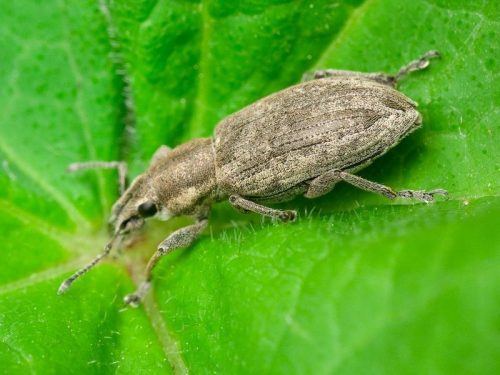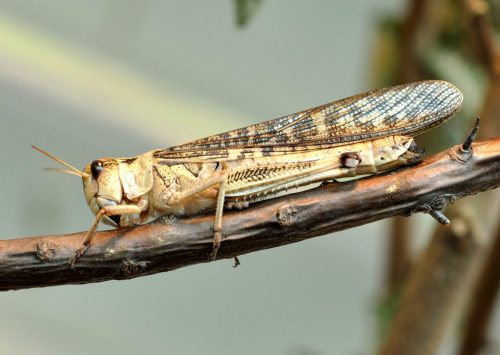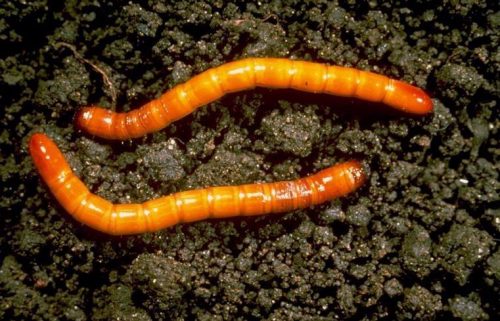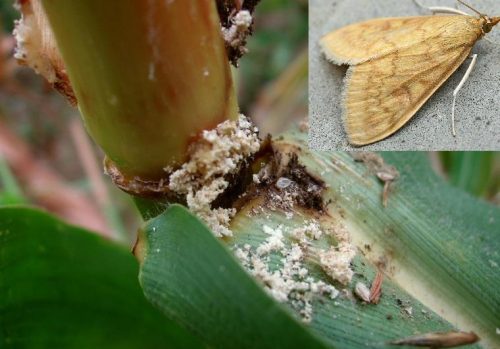Sorghum treatments, pest and disease control
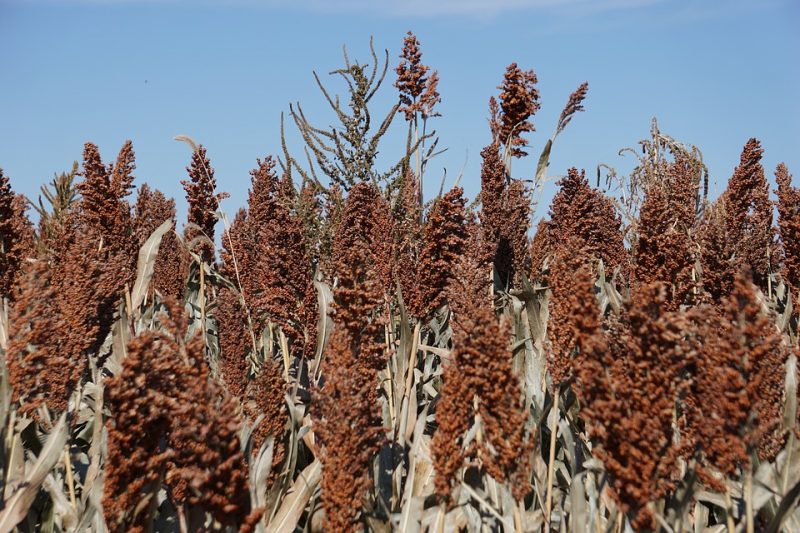
Sorghum (Sorghum bicolor) is the fifth most cultivated cereal in the world. Recent studies have shown that this plant can replace corn in animal feed. The main advantage of this crop is its resistance to prolonged drought. Sorghum is also used in human nutrition, in the beer industry, or the manufacturing of brooms. The cultivation technology is very similar to that of corn. Sorghum is less demanding in terms of soil than maize, it is less expensive than maize, and production is less affected by high temperatures or drought.
The main diseases of sorghum
Sorghum red stripe virus
The first symptoms of the virus appear in June and develop in the fall. The leaves have small, isolated, yellow, or light green spots on the leaves. The disease progresses and the spots become rust-brown. In the case of strong infections, the leaves turn brown and the plants dry completely. The disease overwinters in the rhizomes of the cane plant, and in spring, the aphids carry the virus to the sorghum plants.
Prevention and control measures:
- controlling cane with specific herbicides;
- a correct crop rotation;
- controlling aphids that are responsible for transmitting the virus.
Bacterial canker (Pseudomonas syringae)
The first symptoms of the disease appear during the summer. The leaves have elongated or irregular circular spots on the leaves. The spots are initially isolated but might merge and form concentric areas. Under favorable conditions, the attack also manifests on the stems. The attack is favored by high temperatures and humid weather.
Prevention and control measures:
- cultivating resistant varieties;
- treating seeds before sowing.
Covered smut of sorghum (Sphacelotheca sorghi)
The attack manifests in inflorescence. The floral organs are replaced by conical bags, inside which the fungal spores develop. The disease progresses, and the membrane surrounding the spores ruptures, releasing them.
Prevention and control measures:
- using healthy seeds;
- in case of a severe attack, mowing the crop is recommended.
Target spot (Drechslera sorghicola)
Large, oval spots appear on the leaves, bordered by a brown halo. The spots expand, merge and cover large areas of the leaf. In wet weather, a fine mold appears on the surface of the spots, which represents the fruiting of the fungus. In dry weather, the leaves dry out and the affected tissues break, causing the tearing of the leaves.
Prevention and control measures:
- deep autumn plowing;
- an optimum density;
- a correct crop rotation;
- cultivating resistant hybrids;
- carrying out treatments with specific fungicides.
The main pests of sorghum
Western corn rootworm (Diabrotica virgifera virgifera)
It produces one generation per year and overwinters in the egg stage in the surface layer of the soil, near the corn plants. The larvae appear in May and feed on the corn roots. Following the attack, the root system is destroyed and the phenomenon of falling plants occurs. The adults pierce the leaves and then feed on pollen.
Control measures:
- a correct crop rotation;
- using pheromone traps to avoid the mating of the adults;
- applying treatments if there are more than 10 adults on a plant
Recommended products
-
You can find products on a different store
Change Store -
You can find products on a different store
Change Store -
You can find products on a different store
Change Store -
You can find products on a different store
Change Store -
You can find products on a different store
Change Store -
You can find products on a different store
Change Store -
You can find products on a different store
Change Store -
You can find products on a different store
Change Store -
You can find products on a different store
Change Store -
You can find products on a different store
Change Store -
You can find products on a different store
Change Store -
You can find products on a different store
Change Store -
You can find products on a different store
Change Store -
You can find products on a different store
Change Store -
You can find products on a different store
Change Store -
You can find products on a different store
Change Store -
You can find products on a different store
Change Store -
You can find products on a different store
Change Store -
You can find products on a different store
Change Store -
You can find products on a different store
Change Store -
You can find products on a different store
Change Store -
You can find products on a different store
Change Store -
You can find products on a different store
Change Store -
You can find products on a different store
Change Store
Scarabaeus monodon (Pentodon idiota)
It produces a generation once every three years and overwinters in the larval or adult stage in the surface layer of the soil. Adults attack the plant at various stages of development. They gnaw holes in the area between the roots and the stem and interrupt the circulation of the intracellular fluids of the plant. Following the attack, the plants wither. The larvae are not dangerous.
Control measures:
- deep autumn plowing;
- cultivating resistant hybrids;
- carrying out treatments with specific insecticides
Grey corn weevil (Tanymecus dilaticollis)
This pest can cause problems in sorghum crops. It produces one generation per year and overwinters in the adult stage in the soil. The adults appear at the end of March when the temperatures exceed 9° C. Adults gnaw the leaves from the sprouting phase. After the plant has developed 4 true leaves, this pest is no longer a danger.
Control measures:
- treating the seeds before sowing;
- deep winter plowing;
- early sowing;
- carrying out treatments during the vegetative growth period with specific insecticides.
Lacusta calatoare (Locusta migratoria)
It is a polyphagous species that have high ecological plasticity. It produces only one generation per year and overwinters in the egg stage in the surface layer of the soil. This pest aggressively attacks most crops. It attacks the aerial parts, leaving the thick and strong stems intact. It is a very dangerous species and it is difficult to control because it attacks in the form of colonies. Thus, in a few hours, it can destroy tens of hectares of crops.
Control measures:
- monitoring the locust population if crops are near risk areas;
- applying treatments with specific insecticides, if there is a warning.
Wireworms (Agriotes spp.)
These insects are the larvae of click beetles. They overwinter in the soil as larvae of different stages and produce a generation once every 4-5 years. Wireworms are very dangerous because their attack cannot be identified quickly. They consume the root system, and the plant withers and dies.
Control measures:
- deep autumn plowing;
- treating the seeds before sowing;
- a crop rotation that includes less attacked species (peas, beans, soybeans, rapeseed, mustard);
- applying mineral fertilizers, which have a harmful effect on wireworms;
- carrying out treatments with specific insecticides.
Recommended products
-
You can find products on a different store
Change Store -
You can find products on a different store
Change Store -
You can find products on a different store
Change Store -
You can find products on a different store
Change Store -
You can find products on a different store
Change Store -
You can find products on a different store
Change Store -
You can find products on a different store
Change Store -
You can find products on a different store
Change Store -
You can find products on a different store
Change Store -
You can find products on a different store
Change Store -
You can find products on a different store
Change Store -
You can find products on a different store
Change Store -
You can find products on a different store
Change Store -
You can find products on a different store
Change Store -
You can find products on a different store
Change Store -
You can find products on a different store
Change Store -
You can find products on a different store
Change Store -
You can find products on a different store
Change Store -
You can find products on a different store
Change Store -
You can find products on a different store
Change Store -
You can find products on a different store
Change Store -
You can find products on a different store
Change Store -
You can find products on a different store
Change Store -
You can find products on a different store
Change Store
European corn borer (Ostrinia nubilalis)
This pest can also infest sorghum crops. It produces two generations a year and overwinters in the larval stage in the plant remains. The adults appear at the end of June and lay their eggs on the underside of the leaves. After hatching, the larvae feed on the panicle of the plant, then penetrate inside the stem and consume the marrow. Following the attack, the development of the plant is slowed down and the stems can break.
Control measures:
- burning the vegetable remains, after harvest;
- deep autumn plowing;
- cultivating resistant hybrids;
- when 50% of the plants have perforations, treatments with specific insecticides have to be applied.














































































































































































































































































































































































































































